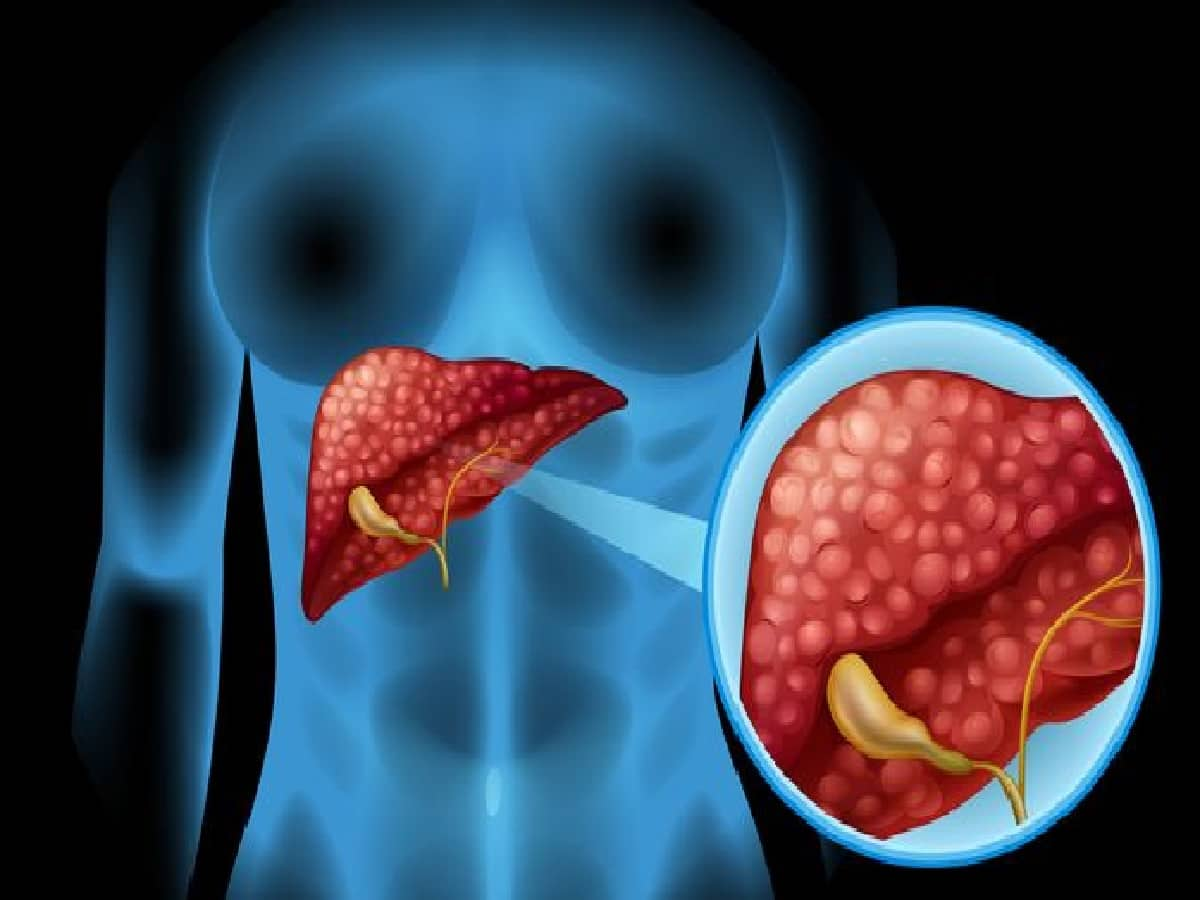
Arthritis literally means “joint inflammation” and can affect joints in any part of the body. A joint is where two or more bones come together with such as the knee, shoulder or wrist. Healthy joints are covered with a sponge-like material known as cartilage. The joint itself is enclosed in the synovium, a sturdy sheath that produces synovial fluid that assists the cartilage in limiting friction between the bones.
How to know if you have arthritis
Although it is sometimes difficult to actually tell if what you are having is arthritis or something else. Notwithstanding, Arthritis can start slowly and be mild, or it can come suddenly and cause intense pain that surges within a few hours.
Apparently not every joint ache or pain needs medical treatment, but there are certain signs and symptoms that could signal something more serious than expected.
On this note, when your joint experiences the following symptoms you might be at the risk of having arthritis and should consider running some medical examination:
- Mild pain
- Swelling Joint
- Redness
- Heat
- Stiffness
- Severe pain and
- Deformity
Arthritis is not one disease, but rather an umbrella that shields more than 100 diseases associated with joint inflammation. In the United States, Arthritis is one of the most common diseases and affects at least 80 million (that is one out of three) Americans, half of whom are age 65 and older. The presence of arthritis causes disability.
Nevertheless, Arthritis is not just a consequence of aging. While most people’s joints do show some degeneration over time, many forms of arthritis are driven by immune system-mediated damage that can strike at any time. Arthritis cannot be cured, but the symptoms can be treated through a variety of joint pain products and methods.
There are many types of arthritis but the three most common ones are:
1. Osteoarthritis Arthritis
Osteoarthritis (OA) is the most common type of arthritis, affecting nearly 30 million people in the United State. OA is a degenerative joint disease that mostly affects the cartilage, the tissue that covers the ends of the bones within a joint to create a cushion between the bones.
Over time, or because of disease, the cartilage may begin to wear out or decay; in some extreme cases, all the cartilage can be worn out leaving nothing to keep the bones within the joint from rubbing against each other. This friction often leads to pain and swelling, and in some cases disability. Furthermore, osteoarthritis can occur in any joint, it most often affects the large weight-bearing joints such as knees, hips, and feet, as well as the hands, low back (spinal facet joints) and neck.
There is currently less understanding of what causes OA. However, Osteoarthritis increases with age. Repetitive movement and prior injuries also contribute to the disease, and younger people are increasingly affected.
2. Rheumatoid Arthritis
Rheumatoid Arthritis is a chronic inflammatory disease that not only affects joints in any part of the body, but may also attack the tissue in the skin, lungs, eyes, and blood vessels. Classified as an autoimmune disease, the immune system of a person with rheumatoid arthritis mistakenly turns against the person’s body and starts attacking the joints, which leads to swelling in the joint lining.
In addition to the above usual symptoms associated with arthritis, a person with rheumatoid arthritis may feel tired and be feverish. Rheumatoid arthritis generally affects the person in a symmetrical pattern, meaning if the left knee is involved, the right one will be affected too.
3. Gout
Gout is one of the most painful rheumatic conditions and often begins with a sudden onset of intense pain, swelling, and stiffness in the joints, which may also be warm to the touch and red.
Usually, gout happens when the body cannot eliminate a naturally occurring substance called uric acid from the bloodstream. Before an attack, uric acid in the form of needle-like crystals, build up in the connective tissue in the joint. This deposit leads to inflammation of the joint. Gout is often triggered by stressful events, alcohol or drugs, or the presence of another illness, and frequently affects joints in the lower part of the body including knees, heels, ankles, or toes.
Arthritis – the easy exercise to protect against joint pain condition
How likely are you to have arthritis?
You are most likely to develop arthritis if you have an autoimmune system. Autoimmune occurs when the body immune attacks itself resulting in inflammation in a joint and thus can cause pain, stiffness, and mobility problems.
However, genetics, family history of a specific condition, and environmental factors can affect a person’s likelihood of developing autoimmune arthritis. Medical experts identified that early life exposures to toxins, such as those in cigarette smoke can factor in it.
However possible factors that could contribute to autoimmune arthritis in your body include:
Your gender: Women develop Rheumatoid arthritis (RA) at a higher rate than men. In a research study, researchers found that women with RA reported more symptoms and more severe ones. Women in the study also didn’t do as well when taking the same treatment as men. Early in the disease, women with RA are also less likely than men to reach “remission,” which means they have no symptoms.
Your age: Rheumatoid arthritis can develop at any age, but most people begin to notice symptoms between the ages of 49 and 60 years.
Your family history: You’re at increased risk of having autoimmune arthritis if other family members have it.
Smoking habits: Cigarette smoking can increase your chances of developing RA. Quitting can lower your risk.
Also read: Is use of alternative therapy by cancer patients feasible? here’s what a RGCIRC study says
Tackling the challenge
Treatment for Arthritis varies according to symptoms and disease progression. However, modern treatments for Arthritis especially Rheumatoid Arthritis(RA) are very effective. There are alone or in combination medications, physical therapy, occupational therapy and other treatments that can help relieve inflammation, stiffness, pain, and disability.
For instance, Physical therapy can help reduce pain and improve flexibility. A physical therapist can teach you the proper way to exercise while an occupational therapist can recommend assistive devices such as canes, crutches, and grab bars to help you perform daily activities.
With the right treatment, you may achieve remission, or eliminate RA symptoms completely except In severe cases, that may require surgery to repair or replace damaged joints.
Above all, it is important to practice healthy lifestyle habits by getting enough sleep, eating well, exercising regularly, and maintaining supportive relationships.
Consider herbal supplements
There are many kinds of herbal supplements in the market that help to reduce joint pain. Some nice supplements for arthritis pain include:
- Hemp Oil for Pain Relief
- Inflammatory Health
- New Chapter Joint Supplement
- Nature’s Way Premium Herbal Ginger Root
- UnFlame: Excellent Herbal Formula for Joints
Healthy lifestyle tips
Control your weight gain – Excess weight stresses joints, so it is vital you try to maintain a healthy diet and perform gentle exercises to improve your range of motion.
Avoid Stress – Stress can also intensify symptoms. You can deploy stress-reducing techniques like tai chi, regular deep breathing exercises, and meditation to help you ease stress.
Have quality sleep – Medical experts prescribed 8 to 10 hours of sleep a night for Arthritis patients. They further recommended a nap during the day if the night’s sleep isn’t enough.
Avoid Smoking – Research found out that people with Arthritis have an increased risk of heart and lung diseases, therefore advising they quit to avoid such risk.
Regular Massage – According to researchers, regular massaging of body joints can help reduce stiffness and improve your range of motion. Consult a physical therapist to learn self-massage, or schedule appointments with a massage therapist regularly.
Final note…
The mechanisms that cause pain may differ in people with one affected joint compared with those who have pain in several joints. However, If you are having any of the above joint symptoms you owe it to your joints and your overall health to find out.
Visit an experienced, well-trained doctor for some diagnoses and if arthritis is present, then get regular massages, eat balanced diet meals, have some quality sleep time and ensure you complete your treatment. Most importantly, adopt the healthy lifestyle tips above and practice them daily.









